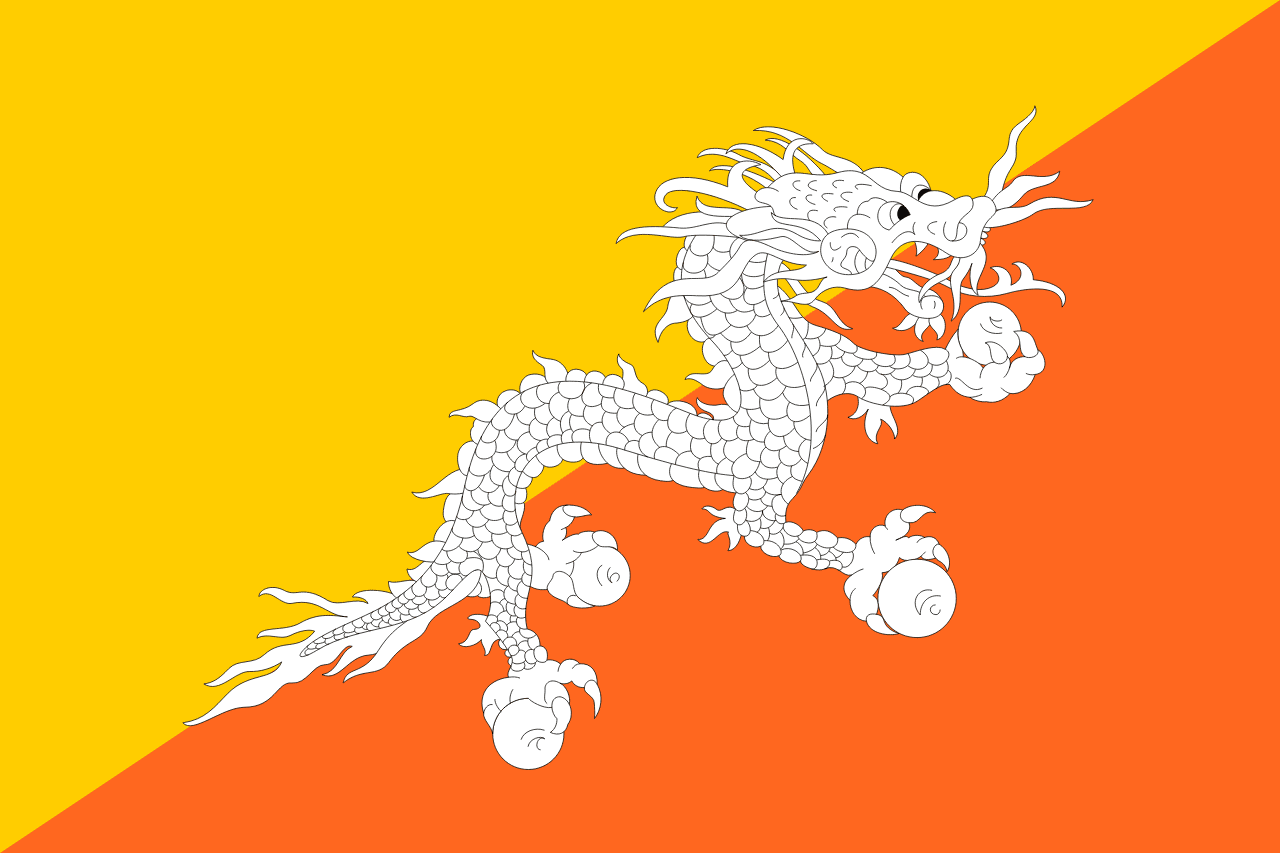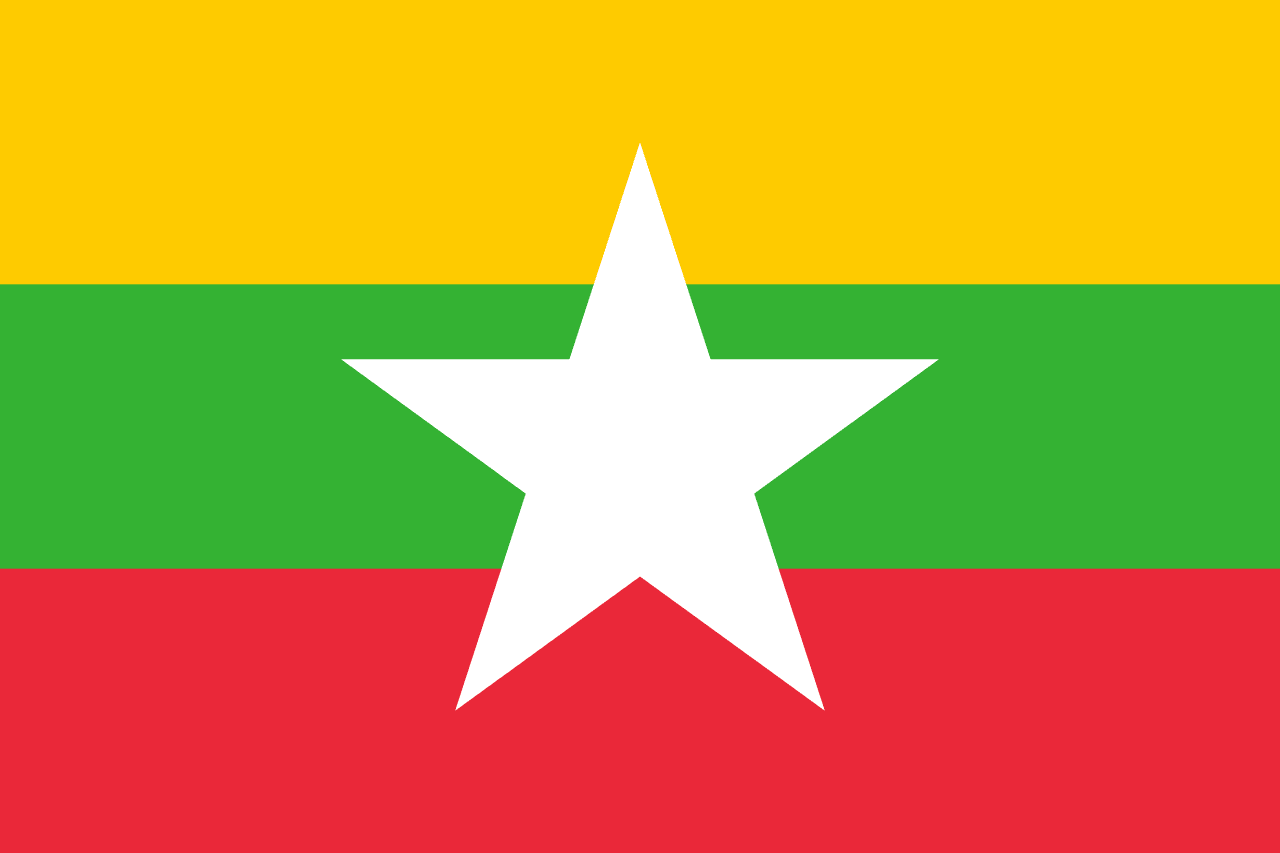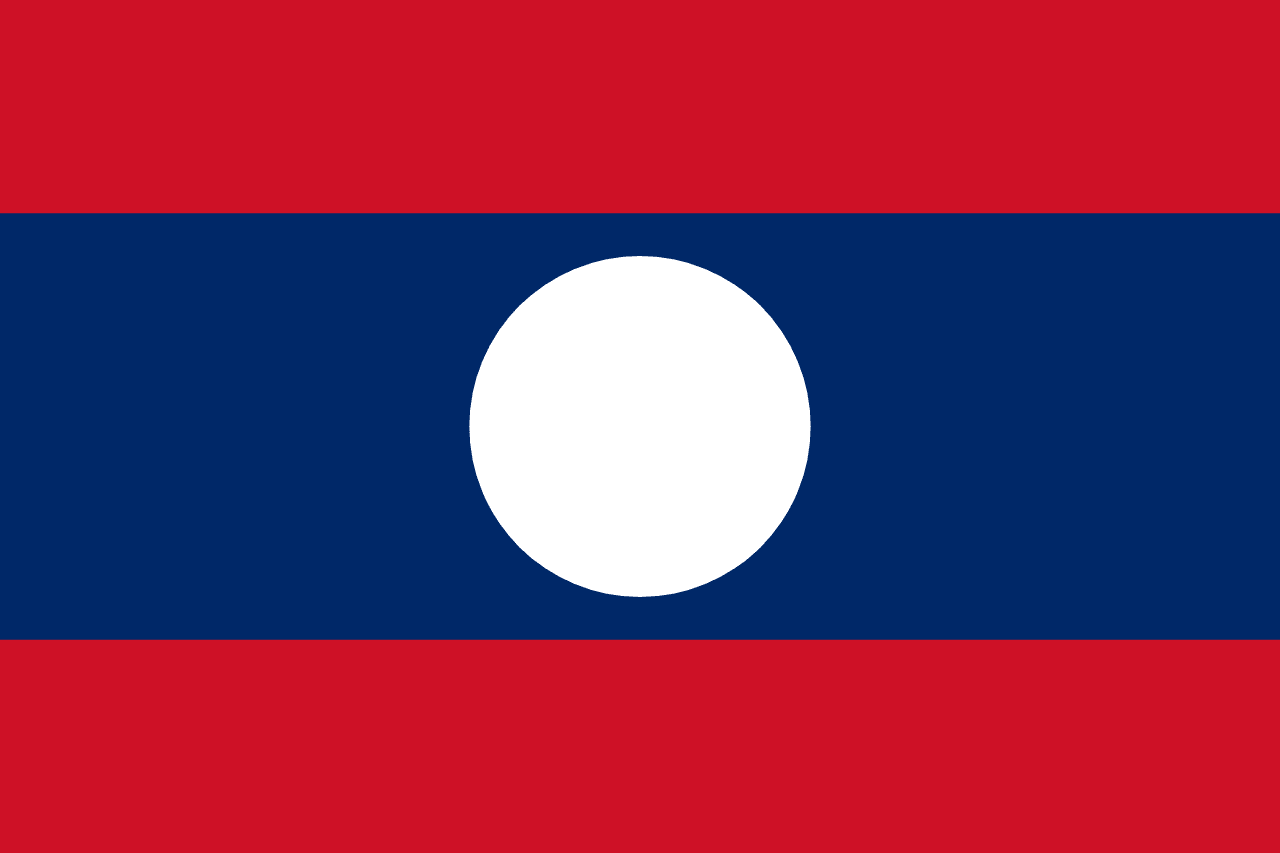China Flag Meaning
Red field with five golden stars representing unity under Communist leadership and the four social classes.
- Continent
- Asia
- Adopted
- 1949
- Ratio
- 2:3
- Colors
- red, yellow
- Designer
- Zeng Liansong

Symbolism
Red Field: Represents the communist revolution, the blood of martyrs who died for the revolution, and the People's Republic of China.
Large Yellow Star: Symbolizes the leadership of the Communist Party of China over the Chinese people and the guiding role of Marxism-Leninism.
Four Smaller Stars: Originally represented the four social classes: workers, peasants, petty bourgeoisie, and patriotic capitalists united under Communist leadership.
Yellow Color: Represents the yellow race (Chinese people) and the bright future of the nation under Communist rule.
Star Arrangement: The four smaller stars point toward the large star, symbolizing the unity of the Chinese people around the Party's leadership.
History
- 1949: Flag adopted on October 1, 1949, when Mao Zedong proclaimed the establishment of the People's Republic of China in Tiananmen Square.
- July 1949: Zeng Liansong's design was selected from nearly 3,000 submissions in a national competition for the new flag of the People's Republic.
- Original Design: Zeng's original submission included a yellow horizontal stripe across the flag, but this was removed by the selection committee.
- 1950s-1960s: Flag became a symbol of Chinese nationalism and communist ideology during the early years of the People's Republic.
- Cultural Revolution (1966-1976): The flag took on additional political significance during the Cultural Revolution as a symbol of revolutionary fervor and loyalty to Chairman Mao.
Trivia
- Designer Zeng Liansong was an economist and artist from Rui'an, Zhejiang Province, who won 5 million yuan for his winning design.
- The original design submission was called 'Red Ground with Five Stars' and was chosen from 2,992 entries.
- Each star has five points, and the four smaller stars each have one point directed toward the center of the large star.
- The flag was first raised in Tiananmen Square at exactly 3:00 PM on October 1, 1949, during the founding ceremony.
- The proportions and exact positioning of the stars are precisely defined by law, with specific measurements for official flags.
- During the 2008 Beijing Olympics, the flag was prominently displayed and became a symbol of China's emergence as a global power.
- The flag is sometimes referred to as the 'Five-star Red Flag' (五星红旗) in Chinese.
- Unlike many communist flags, China's flag has remained unchanged since 1949, representing continuity of the People's Republic.
- The flag must be displayed at half-mast on National Memorial Day (December 13) to commemorate victims of the Nanjing Massacre.
Related Countries

Mongolia
Asia
Three vertical stripes of red, blue, and red with the ancient Soyombo symbol in yellow on the hoist-side red stripe, representing Mongolia's transition to democracy and its deep philosophical traditions rooted in Tengrism and Buddhism.

Bhutan
Asia
Divided diagonally with orange in the upper triangle and yellow in the lower triangle, featuring a white dragon (Druk) in the center holding jewels in its claws, representing the spiritual and temporal power of Bhutan and the Thunder Dragon that gives the country its name 'Land of the Thunder Dragon.'

Myanmar
Asia
A horizontal tricolor of yellow, green, and red with a large white five-pointed star in the center. Adopted in 2010, the flag symbolizes unity and a new era for Myanmar.

Laos
Asia
Three horizontal stripes of red, blue, and red with a white circle centered on the blue stripe, representing the blood of independence, the Mekong River, and the full moon reflecting unity of the Lao people.

Bangladesh
Asia
A dark green field with a red circle positioned slightly toward the hoist side, representing the lush Bengali landscape and the sun rising over Bengal, as well as the blood shed during the Liberation War of 1971 and the new dawn of independence.

Nepal
Asia
The only national flag that is non-rectangular, composed of two stacked crimson pennons with blue borders, featuring a white moon and a white sun. It reflects Nepal’s distinct identity, culture, and Hindu-Buddhist traditions.